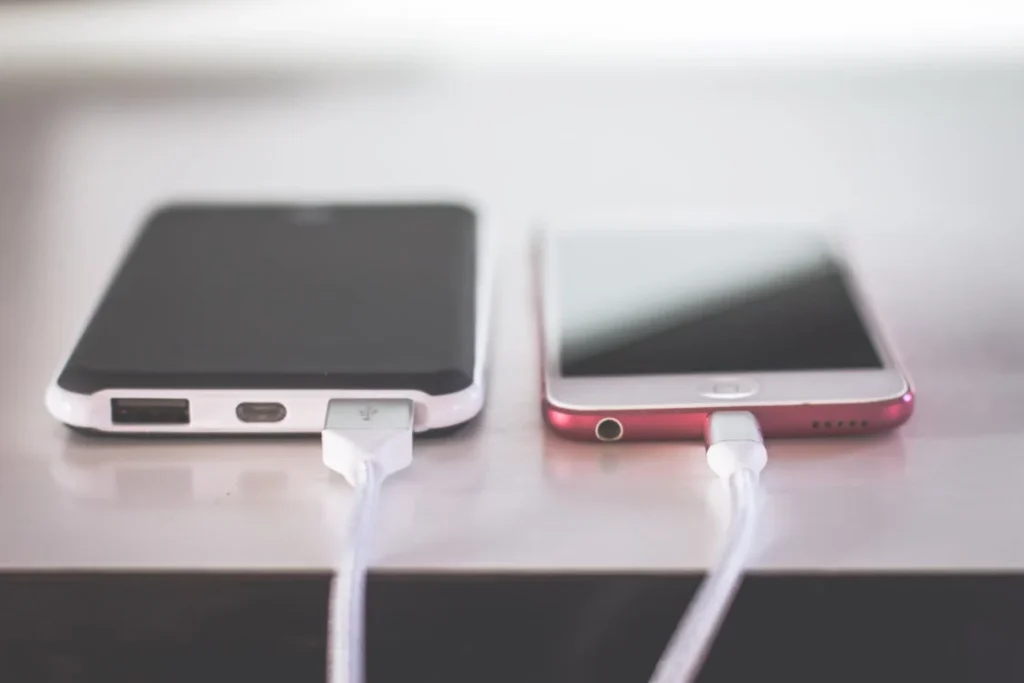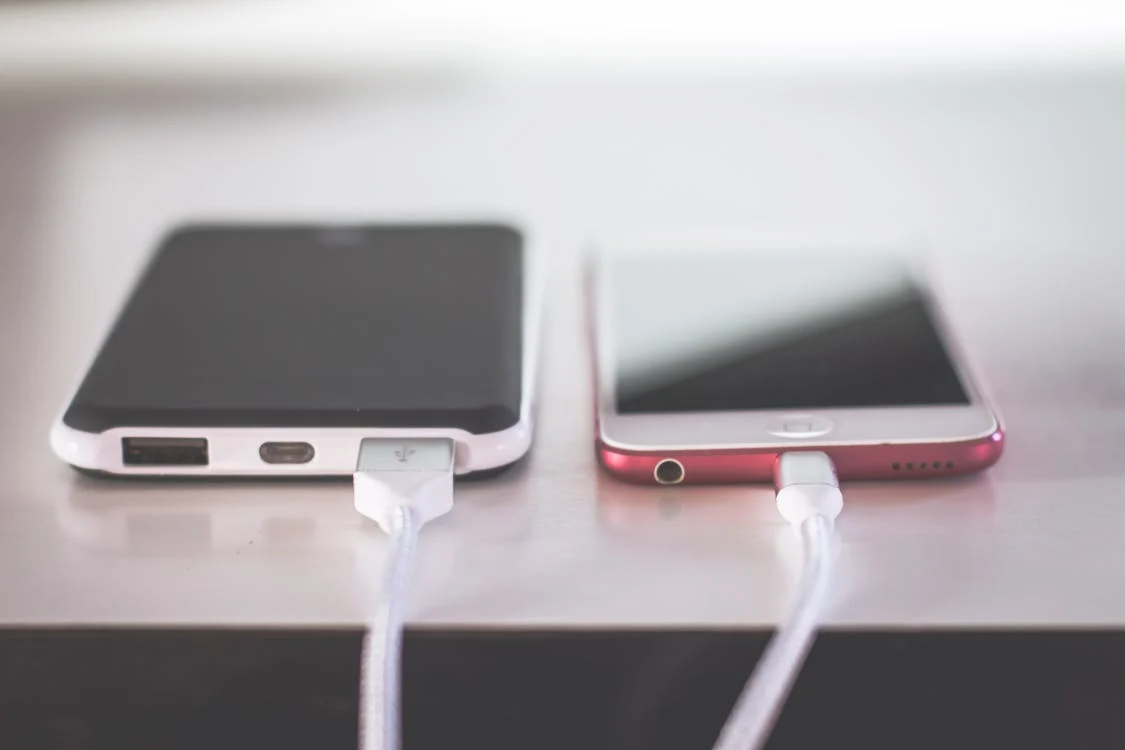Introduction
USB extension cables play a pivotal role in ensuring our devices stay connected, enhancing the flexibility and reach of our tech setup. USB Extension Cables article delves deep into the world of USB extension cables, offering a comprehensive guide for consumers and tech enthusiasts alike.
What is a USB Extension Cable?
A USB extension cable is a cord used to extend the reach of a standard USB cable, allowing devices to connect over greater distances without losing signal quality. These cables come in various lengths, types, and specifications to cater to different needs.
Importance of USB Extension Cables
In today’s interconnected world, essential for optimizing workspace layouts, enhancing accessibility, and ensuring that devices like printers, scanners, and external drives are within easy reach.
Types
USB 1.1
These are the earliest versions, offering basic connectivity with lower data transfer rates up to 12 Mbps.
USB 2.0 xtension Cables
These cables support faster data transfer rates up to 480 Mbps, making them suitable for most everyday tasks.
USB 3.0
With transfer rates up to 5 Gbps, USB 3.0 cables are ideal for high-speed data transfer and more demanding applications.
3.1 and USB 3.2
These newer versions offer even higher data transfer rates up to 10 Gbps and 20 Gbps respectively, catering to the latest technological needs.
Technical Specifications
Length
USB extension cables vary in length from a few centimeters to over 15 meters. The choice depends on the user’s specific needs and the maximum length recommended to avoid signal degradation.
Data Transfer Rates
Different USB versions support varying data transfer rates, impacting the speed at which data is transferred between devices.
Power Delivery
Some USB cables can deliver power to devices, which is essential for charging and powering peripherals.
Shielding
Quality USB extension cables often include shielding to protect against electromagnetic interference (EMI) and ensure stable performance.
Connectors
The type of connectors (Type-A, Type-B, Mini-USB, Micro-USB, USB-C) is crucial for compatibility with various devices.
Applications of USB Extension Cables
Home and Office Use
USB extension cables are indispensable in home and office environments for connecting peripherals like printers, scanners, and external drives.
Gaming
Gamers use USB extension cables to connect controllers, headsets, and other peripherals without being restricted by the original cable length.
Industrial Applications
In industrial settings, USB extension cables connect machines and control systems over longer distances, ensuring seamless operations.
Education
In educational environments, USB extension cables help connect multiple devices for interactive learning experiences.
Photography and Videography
Photographers and videographers use to connect cameras to computers for tethered shooting and video streaming.
Benefits

Enhanced Accessibility
Bring devices within easy reach, enhancing user convenience.
Increased Flexibility
They offer flexibility in setting up workspaces and device configurations without being limited by short cable lengths.
Improved Cable Management
Using extension cables can help manage and organize cables more effectively, reducing clutter.
Cost-Effective Solution
A cost-effective way to extend the reach of existingwithout needing to invest in wireless alternatives.
Challenges and Limitations
Signal Degradation
Over long distances, there is a risk of signal degradation which can affect performance.
Power Loss
Longer cables might experience power loss, impacting the performance of connected devices.
Compatibility Issues
Not all compatible with every device, especially when considering power and data transfer requirements.
Latest Innovations
USB4 Extension Cables
The introduction of USB4 cables, with transfer rates up to 40 Gbps, represents the latest advancement, offering unprecedented speed and versatility.
Braided and Reinforced Cables
Innovations in cable construction, such as braided and reinforced designs, enhance durability and longevity.
Active Optical Cables
These cables use optical fiber to extend USB connections over very long distances without signal loss.
Future Prospects
The future of lies in increased data transfer speeds, enhanced durability, and greater versatility with emerging technologies like USB4 and beyond.
Comparative Analysis
USB Extension Cables vs. Wireless Solutions
While wireless solutions offer mobility,provide a stable, high-speed, and interference-free connection.
Different Brands and Models
Comparing different brands and models helps consumers choose the best USB extension cable based on factors like length, data transfer rate, and durability.
Read Morehttps://fuers.co.uk/

